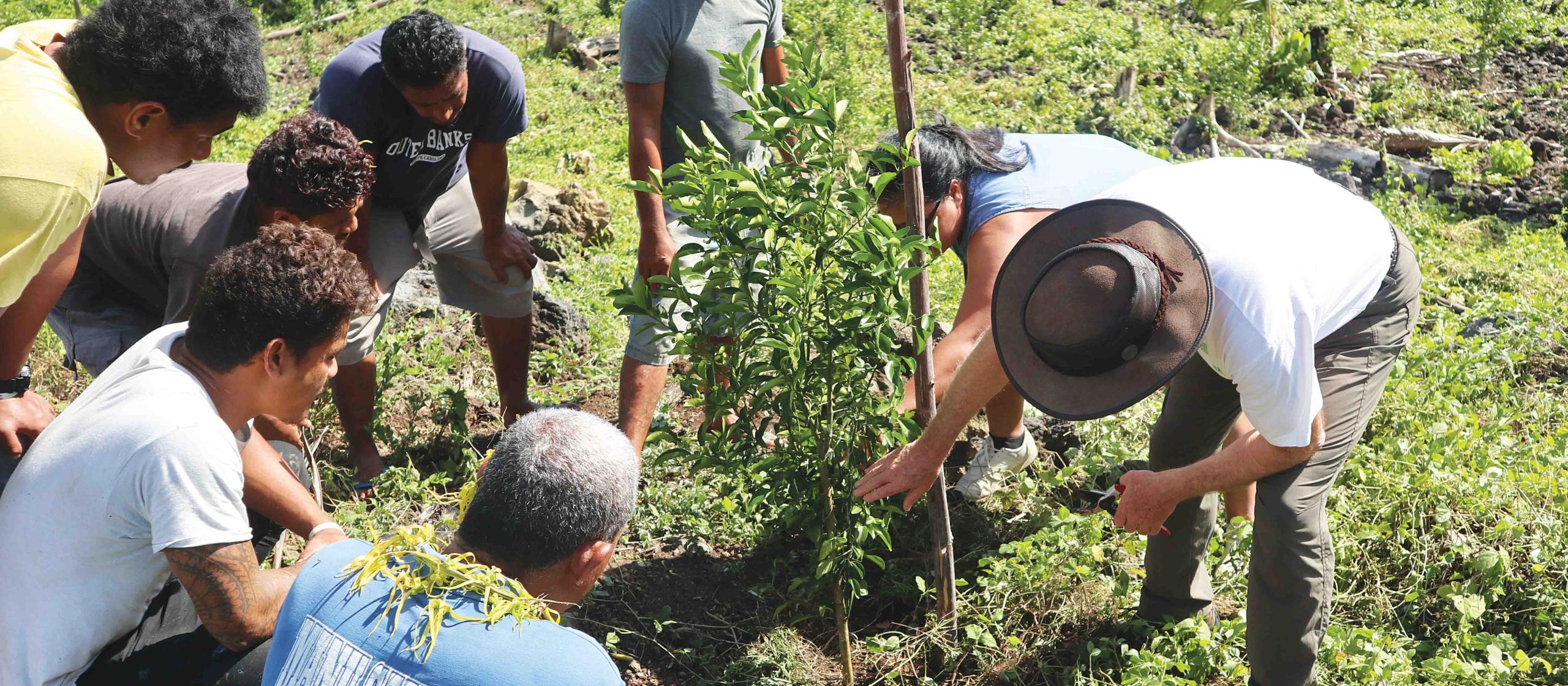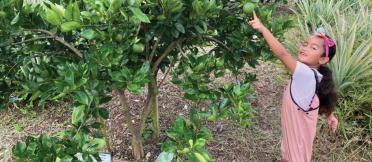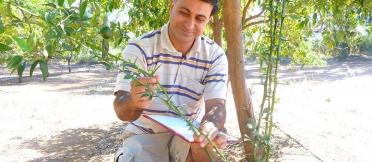Harvests from newly developed orchards in Tonga are raising hopes for increased access to locally grown citrus fruit. Lemons, limes, sweet oranges and mandarins are all well known on the islands, but imported fruit has grown to dominate local markets in recent decades.
However, harvests from new orchards established 5 years ago under an ACIAR-supported project mark an anticipated revival of local fresh fruit production. Mandarins in particular have sold quickly, fetching good prices this year.
An initial ACIAR-supported project investigated tropical fruit crops in Fiji, Tonga and Samoa. Although that project ended in 2020, it identified citrus as an important fruit crop for development in Tonga and Samoa. Horticultural expert Professor Steven Underhill at the University of the Sunshine Coast led this work and now also leads Phase 2, which will run until 2025, and is focused solely on citrus.
Professor Underhill said citrus has a comparatively long shelf life and a winter harvest provides an off-season fruit supply. They are also a diabetic-friendly fruit, which is important as almost one in 3 adults in Tonga and Samoa is estimated to suffer from diabetes. This fits with one of the project’s objectives: to get people to eat more fresh fruit.





